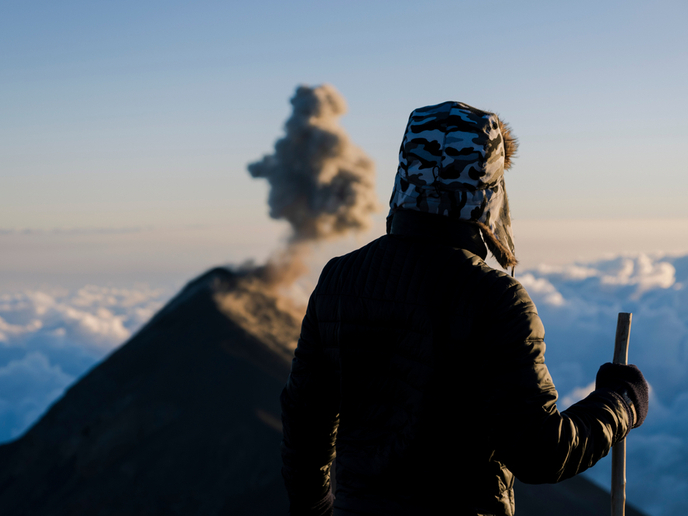Why can’t we predict volcanic eruptions like we do hurricanes?
While the Cumbre Vieja eruption in La Palma, Spain, is said to have cost EUR 843 million(opens in new window), thankfully only one casualty was reported. While the emergency response is celebrated, the event has sparked questions about how much advance warning is possible for this type of natural disaster. “Volcanology is progressing similarly to extreme weather forecasting, but is a few decades behind,” says Kolzenburg, a volcanologist at the University of Buffalo in the United States. “Firstly, we already have a long record of weather data to draw on. Secondly, hurricanes are more frequent and often seasonal, whereas major volcanic eruptions are infrequent. Lastly, volcanoes are technically and logistically difficult to monitor.” Weather forecasting based on an understanding of atmospheric science coupled to regular observations is around 200 years old. Satellites build on this data by drilling down to local scales, contributing precise measurements to variables such as humidity or wind speed. But while weather is everywhere, volcanoes are scattered around the planet, complicating data gathering. Expensive seismometers for detecting geophysical signals are not evenly distributed globally, and rely on specialist skillsets. Additionally, different types of magma can make eruptions too fast to reach in time, or conversely too infrequent to justify the expense of constant observation – not to mention the potential dangers involved! But perhaps the biggest impediment is that, as Kolzenburg puts it, “it is orders of magnitude more difficult to ‘see’ into Earth than to image weather patterns.” To accurately predict volcanic behaviour, scientists would have to measure magma temperature and chemical composition, to understand how viscosity and volatility might drive pressure. They would also need to know a lot about what Kolzenburg calls “the geometry of the plumbing system.” “Even with robust sensors, it’s virtually impossible to get all the input data that would be needed to predict such a dynamic system,” adds Kolzenburg, who was principle investigator of the EU-funded DYNAVOLC project on volcano modelling.
Citizen science for volcano monitoring
Modern seismology tools, coupled with better understanding of the underlying processes through analysis of previous eruptions, experimental research and numerical modelling, are revealing more about the volumes, movements and characteristics of magma. We now know for example that magma chambers are not large cauldrons of magma, but small pockets dispersed throughout the crust, much like a sponge. Additionally, satellites and airborne sensors streaming data in near real time have proven a game changer for helping predict how active eruptions might develop once under way. While expensive cutting-edge technology like muon tomography(opens in new window) could create 3D images of volcanic structures, what really excites Kolzenburg, is people power: “We’ve recently seen, with the La Palma, Nyiragongo and Kilauea eruptions, an international grassroots community pool of resources(opens in new window). I’d put my faith in this interface of shared fieldwork, analytics and modelling, combined with seismology, to track the evolution of future eruptions.” Click here to find out more about Kolzenburg’s research: New insights into volcanic behaviour for better predictions.



